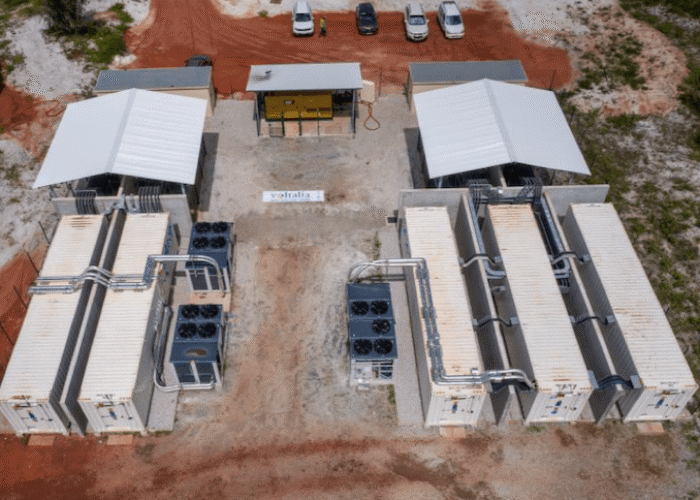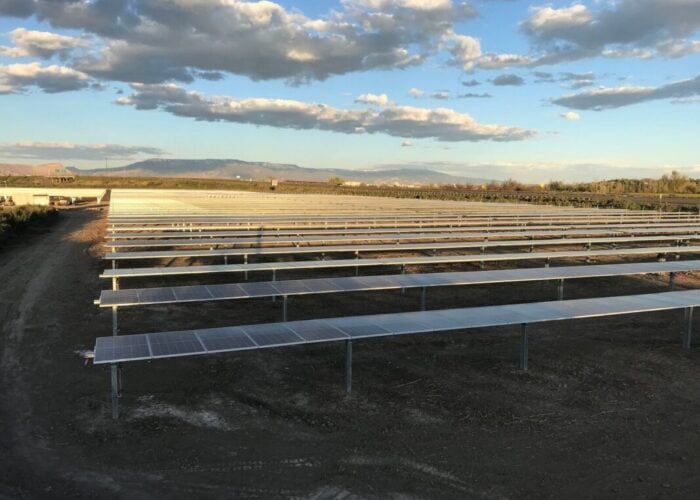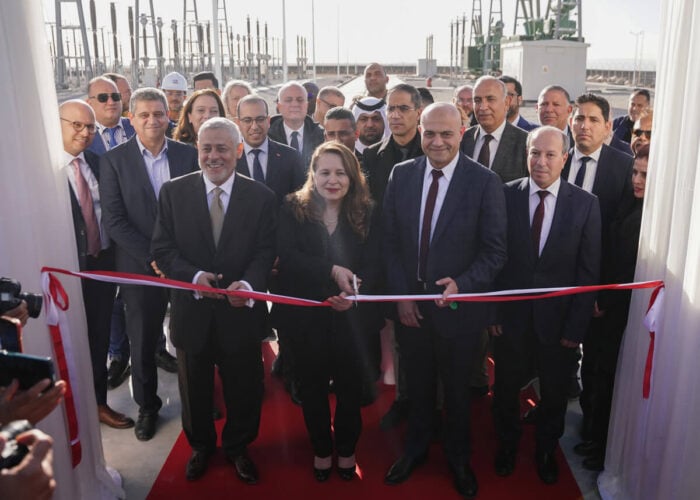The Taiwanese PV manufacturing sector could use the very same loophole that put it in the US government’s crosshairs, to sidestep the punitive duties now faced by its own firms.
SolarWorld Americas brought a second case to the US Department of Commerce after Chinese manufacturers used Taiwanese cells in order to avoid tariffs placed on them in 2012.
Try Premium for just $1
- Full premium access for the first month at only $1
- Converts to an annual rate after 30 days unless cancelled
- Cancel anytime during the trial period
Premium Benefits
- Expert industry analysis and interviews
- Digital access to PV Tech Power journal
- Exclusive event discounts
Or get the full Premium subscription right away
Or continue reading this article for free
With the current case imposing tariffs on Taiwanese cells, module manufacturers there could begin importing cells from third party countries in order to avoid the fresh duties.
Module brand WINAICO, which assembles it products using third party cells has said it could follow this strategy.
In a statement released on Thursday it said:
“With more than three years of experience in the US solar industry, WINAICO sees the opportunity for Taiwan solar industry to relocate solar cell production overseas, while continue investing in module production in Taiwan. The combination of non-Taiwanese solar cells and Taiwan assembled PV modules is a way to sidestep the tariffs.
“WINAICO urges the Taiwan solar industry to follow suit in investing in the distribution channels as a win-win solution to bring the best solar solution to the US solar industry,” it continued.
The strategy was identified by Jason Huang an analyst with Taiwan-based EnergyTrend in December when the final Taiwanese rates were announced. He said that with US module prices expected to rise slightly in 2015, there was scope for Taiwanese modules to remain competitive with cells produced overseas.
The prospects for domestic Taiwanese cell production are not so bright.
Cell manufacturer Neo Solar Power said in August 2014 that it was evaluating options for overseas production expansion, confirming its contingency plans presented ealrier that year.
A spokesperson for NSP said that if the company purchased a completed building, it could have a production line running in 6-12 months.
“Currently we are still considering several countries and regions like South East Asia, the US, and Eastern Europe. Everything is still under survey and consideration,” she said.
“Apart from moving capacity overseas, to diversify the risk of the US anti-dumping issue, we now focus more on solar system investment expansion through our subsidiary, General Energy Solutions (GES). In the future, the solar system business expansion will increase NSP’s sales pipelines for solar cells and modules, create stable profits for NSP and become one of the key growth momentums for the company,” she added.
In an emailed statement to PV Tech, EnergyTrend analyst Corrine Lin said some Taiwanese cell capacity could be shuttered due to falling prices as production drifts to other countries.
“Taiwanese cell makers will now face another round of price slashing for their products following ITC’s vote. Mainstream Taiwanese multi-Si cell price will have a selling price at US$0.31/W, which is lower than the cost. So relocating their production lines to third countries is the most effective solution. For now, they are focusing on South-East Asia like Malaysia and Thailand. Those that have moved their production to third countries may expand further.
“The US market used to represent about half of Taiwan’s solar cell exports and most of the cell orders were shipped to China for module assembly and then transferred to the US,” added Lin. “Therefore, it will be hard to conduct market-shift in a short period of time. But in the near future, Taiwanese cell makers will start off with lowering their capacity utilization – if the price is lower than their cost – and trying to focus more on Japan, Europe, and the emerging markets,” said Lin.






